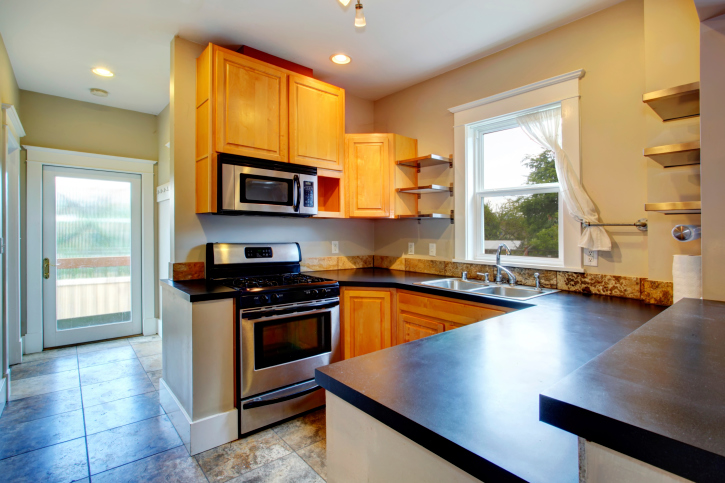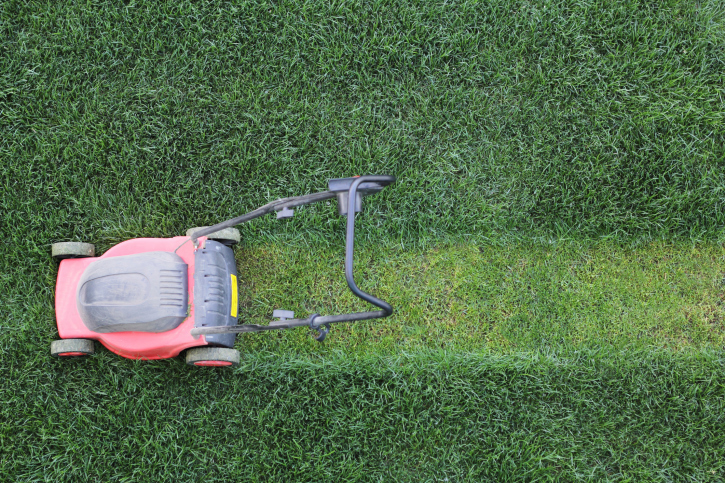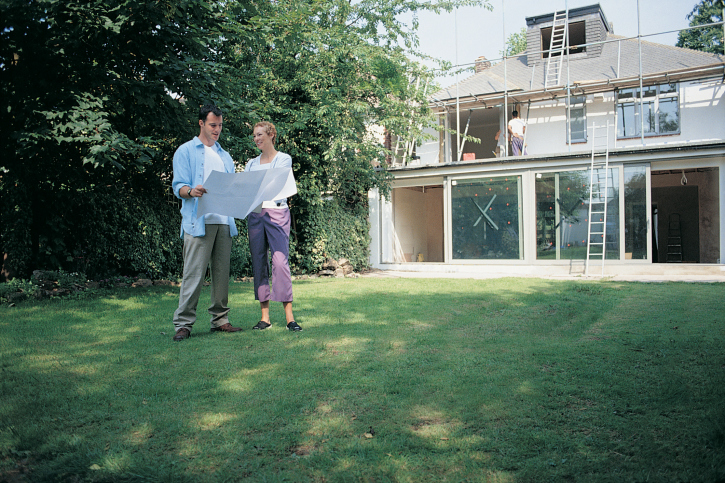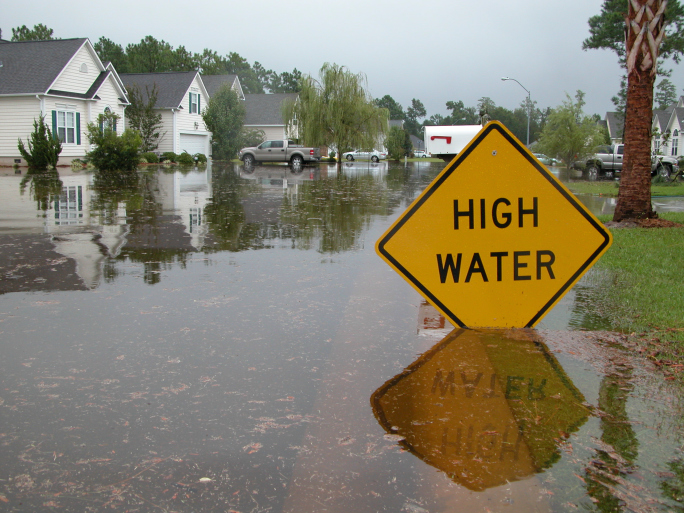 It can be frustrating to deal with dead zones with your wireless and cellular coverage while you are out and about. However, overcoming dead zones in public areas may be as simple as relocating to a different area in a building or walking to a new location. Dead zones may also be present in residential homes and apartment buildings. If you have a dead zone in your home, this issue can easily cause you considerable frustration on a daily basis, and you may be wondering what steps you can take to overcome the problem.
It can be frustrating to deal with dead zones with your wireless and cellular coverage while you are out and about. However, overcoming dead zones in public areas may be as simple as relocating to a different area in a building or walking to a new location. Dead zones may also be present in residential homes and apartment buildings. If you have a dead zone in your home, this issue can easily cause you considerable frustration on a daily basis, and you may be wondering what steps you can take to overcome the problem.
Invest in a Better Router
If your router is not hard-wired and receives a wireless signal, it can be difficult to connect to the Internet or to use your mobile devices in your home. Your router may not be strong enough to pick up a wireless signal, and you may benefit from investing in a better router. You may also consider repositioning your router or placing it in another location of your home. For example, you may get a better signal when you place it near a window on one side of the home rather than in the middle of the home.
Purchase a Wireless Repeater
Another idea is to invest in a wireless repeater. This is a special product that is designed to pick up weak signals and to magnify, strengthen and expand them. A repeater can give you far superior coverage inside your home, but keep in mind that there does need to be at least a small signal available for it to pick up. If your carrier or service provider does not offer coverage over your home area, this will not be a suitable option for you.
Think About a Wired Connection
Another idea is to consider a wired connection. Your goal is to bring the wireless signal into the home, and you may be able to do this through cable. Then, your router can give you wireless coverage inside the home through the hard-wired connection.
Nobody wants to deal with dead zones inside their home. After all, most people will use a wireless connection numerous times a day from morning until bedtime, and you want to enjoy this convenience inside your home. When you are dealing with a dead zone, you can consider following some of these tips to see an improvement in your coverage or signal strength. If these ideas do not work, you can always reach out to your service provider for additional assistance and support.
 Updating your kitchen may be a project that you have been looking forward to for a long time. Now that the time has come to get started working on your project, you may be exploring the different materials that are available to use in your kitchen. The counter tops are often a prime focal point for a kitchen remodeling project. While there are several materials available to consider, concrete may be the best option for a number of reasons.
Updating your kitchen may be a project that you have been looking forward to for a long time. Now that the time has come to get started working on your project, you may be exploring the different materials that are available to use in your kitchen. The counter tops are often a prime focal point for a kitchen remodeling project. While there are several materials available to consider, concrete may be the best option for a number of reasons. In many areas, the spring months mean warmer temperatures, more sunshine and plenty of beneficial rainfall that your yard may thrive with. These are prime growing conditions for your lawn, but they can also make lawn maintenance a challenge. By following these helpful tips, you can take better care of your yard during the rainy spring season.
In many areas, the spring months mean warmer temperatures, more sunshine and plenty of beneficial rainfall that your yard may thrive with. These are prime growing conditions for your lawn, but they can also make lawn maintenance a challenge. By following these helpful tips, you can take better care of your yard during the rainy spring season. When your home is no longer fully functional for your needs, you may be thinking about moving into a larger home with a more functional floor plan. While this is one option to consider, another option is to renovate your existing home. You could build a wing onto your home, or you could add a second story to the property. There are several reasons why adding a second story to your floor plan may be the best solution for you.
When your home is no longer fully functional for your needs, you may be thinking about moving into a larger home with a more functional floor plan. While this is one option to consider, another option is to renovate your existing home. You could build a wing onto your home, or you could add a second story to the property. There are several reasons why adding a second story to your floor plan may be the best solution for you. Relocating to a new area can be exciting, but it can also be expensive. There are many resources to help, but most cost money. However, if you take your time and plan carefully, you can reduce the expense so you don’t start your new life with new debt. Here are three tips to controlling your moving budget.
Relocating to a new area can be exciting, but it can also be expensive. There are many resources to help, but most cost money. However, if you take your time and plan carefully, you can reduce the expense so you don’t start your new life with new debt. Here are three tips to controlling your moving budget. If your home is located in a flood zone, it’s critical that you know how to get ready for those drenching spring rains. Here are some basic steps any homeowner can take to prepare for potentially devastating floods.
If your home is located in a flood zone, it’s critical that you know how to get ready for those drenching spring rains. Here are some basic steps any homeowner can take to prepare for potentially devastating floods.